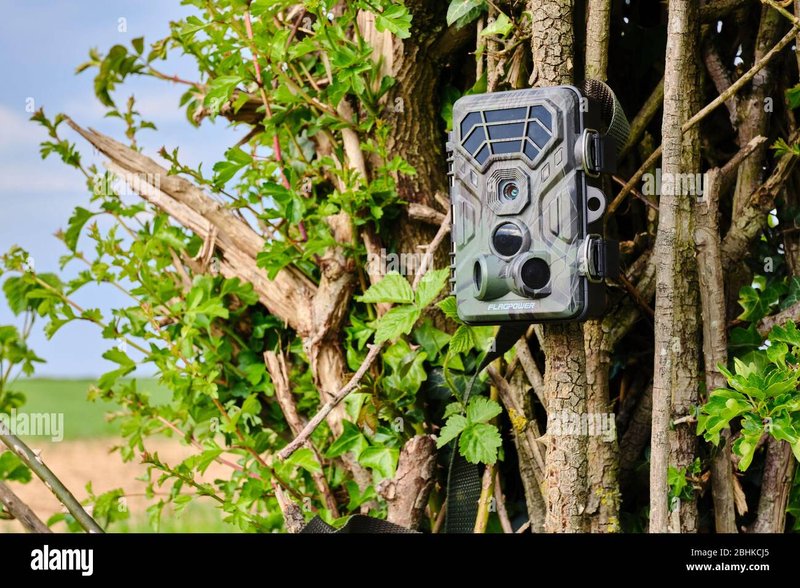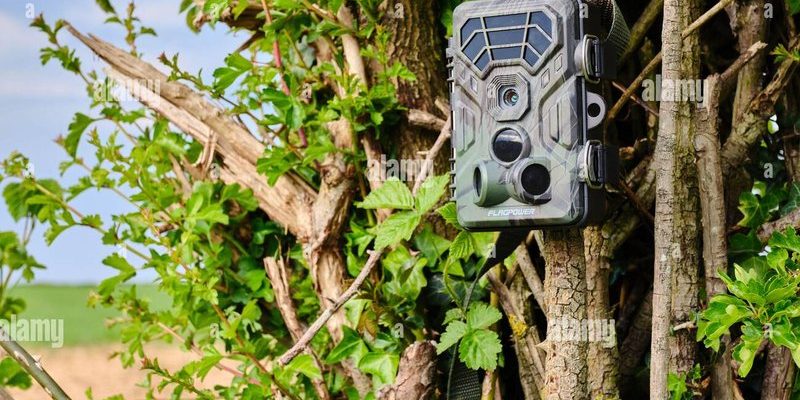
When you think about it, monitoring botfly activity is more than just a quirky hobby. Understanding their lifecycle helps us gain insight into various ecosystems. Imagine placing a wildlife camera—like one from Reconyx or Bushnell—in an area where botflies are known to thrive. With the right setup, you can get a glimpse of these fascinating creatures and learn about their behaviors, habitats, and interactions with other wildlife. You might think of it as a nature-watching adventure, but with a twist.
What Are Botflies and Why Monitor Them?
You might be wondering, what exactly are botflies? These insects belong to the family Oestridae and are known for their unique and sometimes unsettling life cycle. Female botflies lay their eggs on a host—often a mammal like a cow or a human. When the larvae hatch, they burrow into the host’s skin, which can lead to some serious complications. Monitoring botfly activity can help researchers track their populations and understand how they affect their hosts.
By keeping an eye on botfly activity, we can also learn about their habitat preferences. For instance, do they prefer areas with specific vegetation or environmental conditions? This kind of data is crucial for wildlife conservation and can aid in developing strategies to manage botfly populations effectively. Think of it as piecing together a puzzle—it helps us see the bigger picture.
Choosing the Right Wildlife Camera
When it comes to monitoring botflies, not just any wildlife camera will do. You need one that can withstand the elements and deliver clear images. For beginners, I recommend starting with a camera that has a decent resolution, like 12MP or higher. You’ll want to capture clear images of tiny insects and their interactions.
Here are some features to consider when choosing your camera:
- Motion Detection: This feature triggers the camera when it senses movement, ensuring you don’t miss any action.
- Night Vision: Botflies aren’t just daytime dwellers, so having infrared capabilities will help you capture their activity at all hours.
- Battery Life: Look for a camera that boasts long battery life, especially if you plan to set it up in a remote area.
By investing in the right camera, you’ll save yourself time and energy later on. Plus, it’ll make your surveillance efforts much more rewarding.
Setting Up Your Wildlife Camera
Once you’ve picked the perfect wildlife camera, it’s time to set it up. Choosing the right location is crucial. Look for areas where botflies might be active, such as near livestock or in regions with dense vegetation. Position your camera about three feet off the ground to capture the best angle.
Here’s a quick checklist to ensure you’re all set:
- Ensure your camera is fully charged or has fresh batteries.
- Attach it to a sturdy tree or pole using a secure mount.
- Set the motion detection sensitivity according to the area to minimize false triggers.
After setting it up, you might find yourself peeking back in to check on your camera’s footage. It’s much like waiting for your favorite show to air—except the excitement lies in the unknown!
Analyzing Your Footage
Now that your wildlife camera is rolling, what’s next? It’s time to review the footage. Depending on the camera model, you might need to use an SD card reader to access the videos or images. When analyzing the footage, look for specific behaviors or patterns that could indicate botfly activity.
You’ll want to focus on:
- Larval Presence: Are there any signs of botfly larvae on the host animals caught on video?
- Feeding Behavior: Are the host animals showing signs of distress, trying to scratch or bite at their skin?
- Environmental Changes: Note any changes in the habitat that might affect botfly populations.
Making notes of these insights can help contribute to a broader understanding of botfly dynamics. It’s like being a scientist in your own backyard!
Troubleshooting Common Issues with Wildlife Cameras
Even the best wildlife cameras can run into issues. Whether it’s syncing the device or figuring out why it’s not capturing images, troubleshooting is part of the process. Here are a few common problems and their fixes:
1. Camera Not Triggering: If your camera isn’t capturing images, check the motion sensitivity settings. You might need to adjust it to a higher level.
2. Blurry Images: Ensure the camera lens is clean. Dust or water spots can mess up your shots.
3. Battery Drain: If your batteries are running out too quickly, consider switching to high-capacity batteries or checking if the camera’s settings are optimized for energy savings.
Remember, every camera has its quirks. Familiarize yourself with your specific model to make troubleshooting easier. Honestly, it’s all part of the adventure!
Why Monitoring Botfly Activity Matters
You might still be wondering, why put in all this effort to monitor botflies? Well, understanding their life cycle and how they interact with their environment can provide insights into ecosystem health. For instance, if botfly populations swell, it could indicate shifts in animal populations or habitat changes. This is crucial information for conservationists and wildlife managers.
Also, tracking botfly activity can help with public health awareness. In areas where botflies are prevalent, understanding their patterns can lead to better management practices, potentially protecting livestock and humans from infestations.
Your efforts in monitoring these fascinating creatures can contribute to larger ecological conversations, highlighting the intricate dance of life we often overlook.
Using wildlife cameras to monitor botfly activity opens up a world of possibilities. Not only does it give you insight into the life of these peculiar insects, but it also offers a window into the broader ecosystem. By capturing footage of these interactions, you’re participating in an ongoing conversation about nature, conservation, and wildlife health.
So, grab your wildlife camera, choose the right spot, and dive into the mysteries of the wilderness. You never know what surprises await you. After all, the beauty of nature often lies in the details—so get ready to uncover those secrets, one frame at a time!

